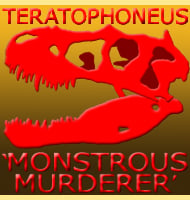Citipes
In Depth Fossils of Citipes were first described in 1933, but as a species of Ornithomimus. After this they subsequently moved into the Elmisaurus and Leptorhynchos genera respectively, before finally being described as a distinct genus in 2020. Citipes is a genus of oviraptosaur dinosaur that lived in North America during the late Cretaceous. Further … Read more
